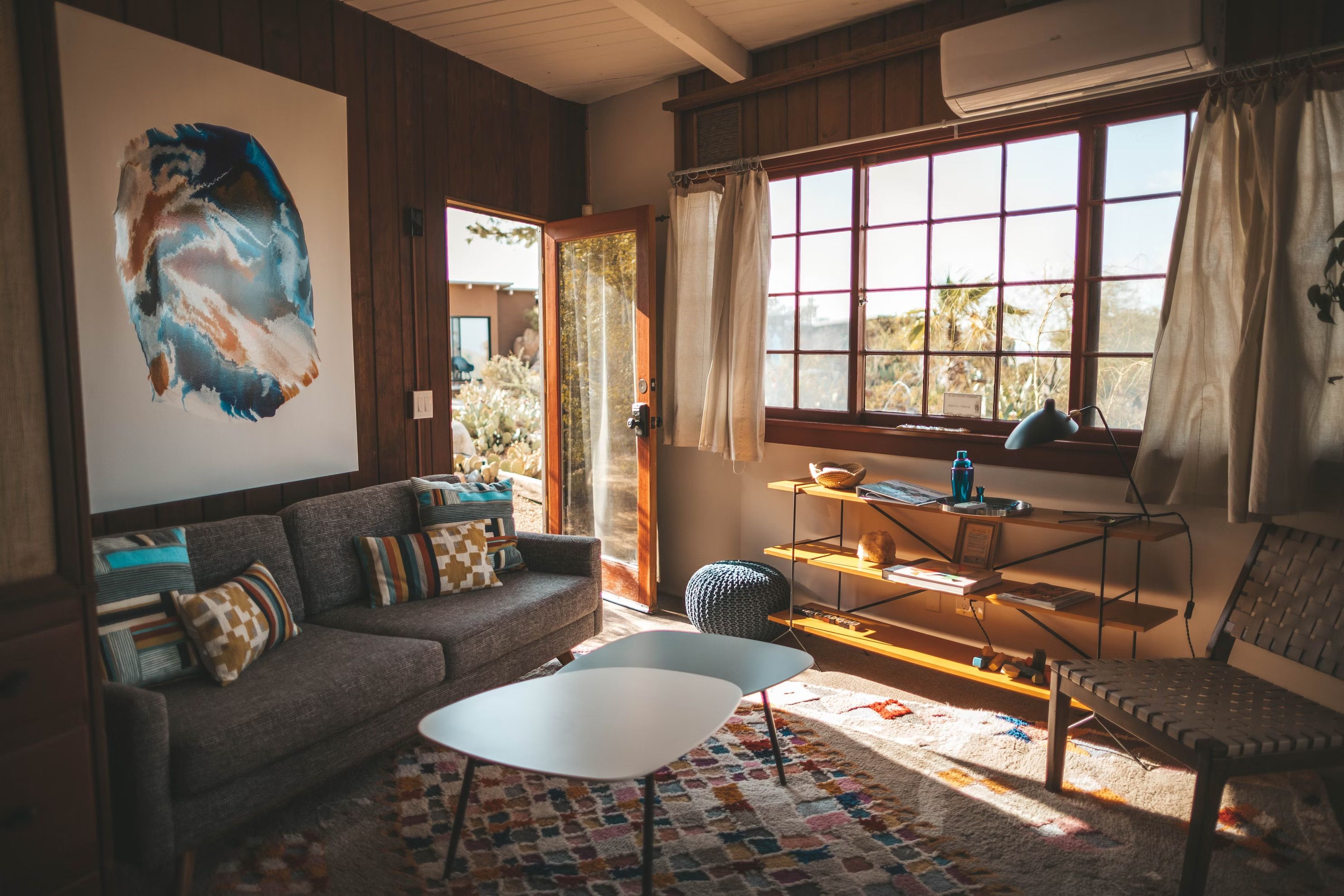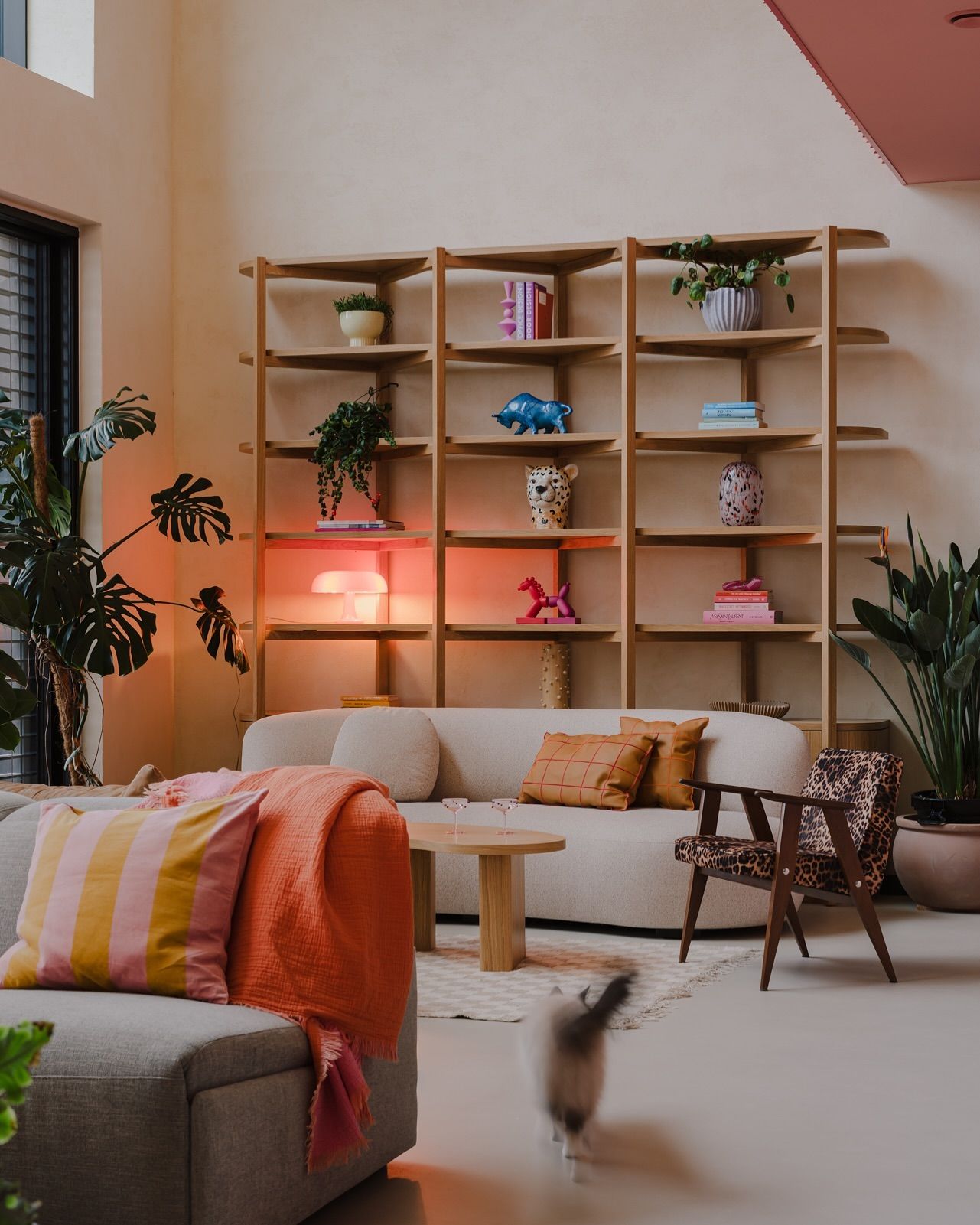Discover Water Coolers
Spoken matches water coolers across 100s of stores to find you the best price.



Quick facts
Can't find the answer you're looking for? Please get in touch with our friendly team.
Do home water coolers use a lot of electricity?
Home water coolers generally use a moderate amount of electricity, typically ranging from 30 to 80 watts. The exact usage depends on the model and features, such as heating and cooling functions. Overall, they are not considered major energy consumers in a household.
What are the issues with water coolers?
Water coolers can take up space and may not fit with your home decor. They require regular cleaning to prevent mold and bacteria growth. Additionally, some models can be noisy, and bottles can be heavy to lift, leading to potential spills or accidents.
How long do 5 gallon water coolers last?
5-gallon water coolers can last several years with proper care. The lifespan depends on usage, maintenance, and the quality of the cooler. Regular cleaning and avoiding exposure to extreme temperatures can help extend their durability.
What is a good water cooler?
A good water cooler is one that fits your space and needs. Look for features like a compact design, energy efficiency, and easy maintenance. Brands like Primo and Avalon offer reliable options with hot and cold water settings, making them ideal for home or office use.
Are home water coolers worth it?
Home water coolers can be worth it if you prioritize convenience and hydration. They provide easy access to cold or hot water, reducing the need for bottled water. Additionally, they can enhance your kitchen or office decor, depending on the model and design you choose.
Are 5 gallon water coolers worth it?
Yes, 5-gallon water coolers can be worth it for home or office use. They provide convenient access to drinking water, reduce the need for bottled water, and can save money in the long run. Additionally, they come in various styles to fit your decor.
Category Overview
Introduction
Water coolers serve as a vital addition to any home, providing easy access to chilled water for hydration and refreshment. Their significance goes beyond mere utility; they enhance everyday life by promoting health and wellness through proper hydration. A well-placed water cooler can transform spaces, adding a touch of convenience and comfort while seamlessly integrating into your home’s décor.
Functionality
The primary function of water coolers is simple yet effective: they deliver cold water on demand, ensuring that you and your family stay refreshed throughout the day. You might find them in various settings such as kitchens, living rooms, or even home offices, adapting to your lifestyle needs. Many modern models come equipped with additional features such as hot water dispensers for tea or instant meals, child safety locks, and energy-saving modes that cater to diverse user requirements.
Design & Style
Water coolers are available in an array of styles and materials that suit different aesthetics. Common choices range from sleek stainless steel finishes to more rustic wooden designs. You can find options that fit mid-century modern themes or more contemporary minimalist styles. For personalization, many brands offer customizable colors and designs so you can match your cooler with your existing decor—be it a chic urban apartment or a cozy farmhouse setting.
Practical Considerations
When selecting the right water cooler for your home, consider room size first; larger models may overwhelm smaller spaces while compact versions are ideal for tight areas or small kitchens. Look at the material durability—stainless steel tends to be more resilient than plastic options—and think about how you plan to utilize it daily (for instance, do you need both hot and cold water?). Avoid common pitfalls like underestimating the required space for installation or choosing a model without adequate filtration capabilities.
Comparison and Alternatives
Choosing between materials can significantly impact both aesthetics and functionality. Wood often brings warmth but may not endure spills as well as metal options like stainless steel. Likewise, round models offer a softer look while rectangular designs can provide more efficient use of corner spaces. When deciding on design factors based on room size or style preferences, weigh these pros and cons carefully—an oversized cooler in a compact kitchen could feel discordant.
Trends and Popular Items
Currently trending are sleek high-tech models featuring touchscreen controls or Wi-Fi connectivity that allow monitoring of filters directly from your smartphone. The rise of eco-friendly options using sustainable materials also reflects a growing customer preference for environmentally responsible products. Additionally, minimalist designs have gained popularity as they blend effortlessly with various interior styles while maintaining function—making them perfect additions to any modern living space. In summary, water coolers stand out not only for their practicality in providing hydration but also for their stylish potential within diverse home environments—from the bustling kitchen to serene outdoor patios. By understanding their functionality and design considerations, you can choose the perfect model that suits both your needs and aesthetic vision.